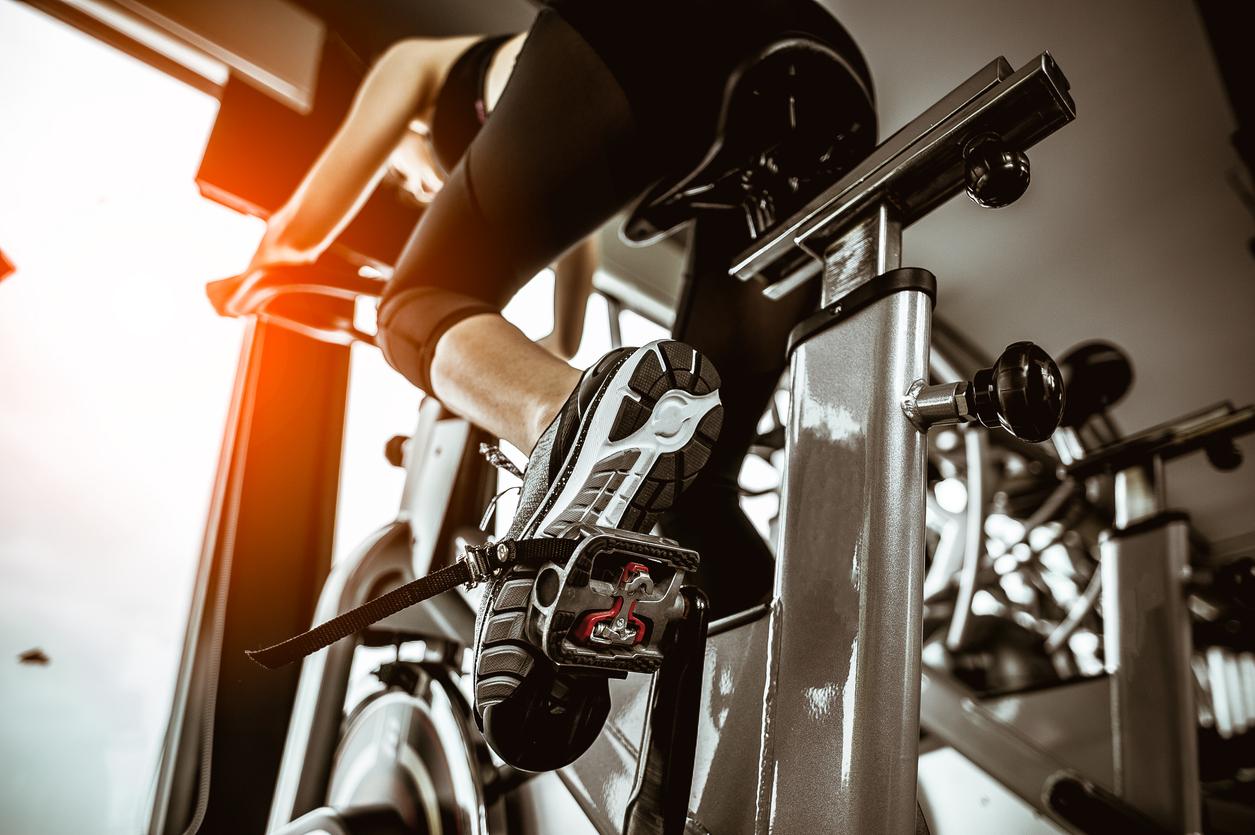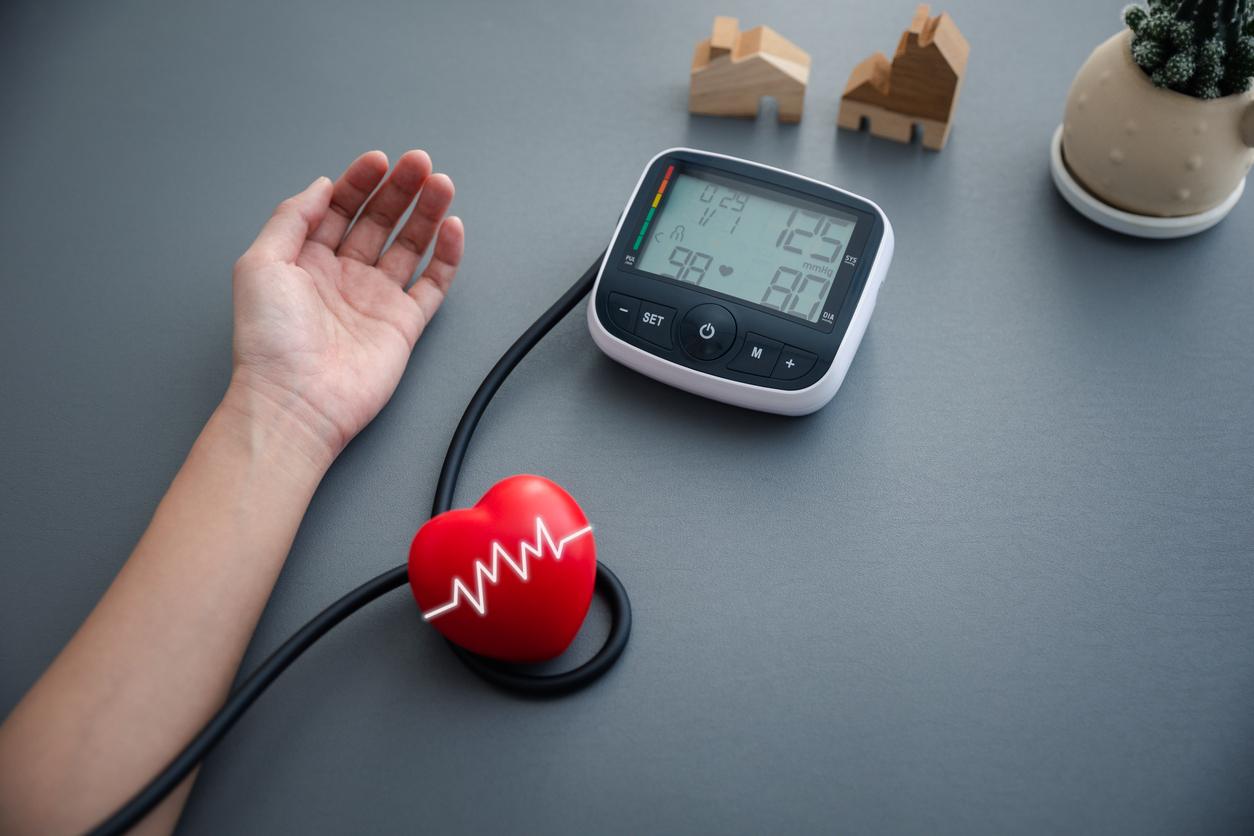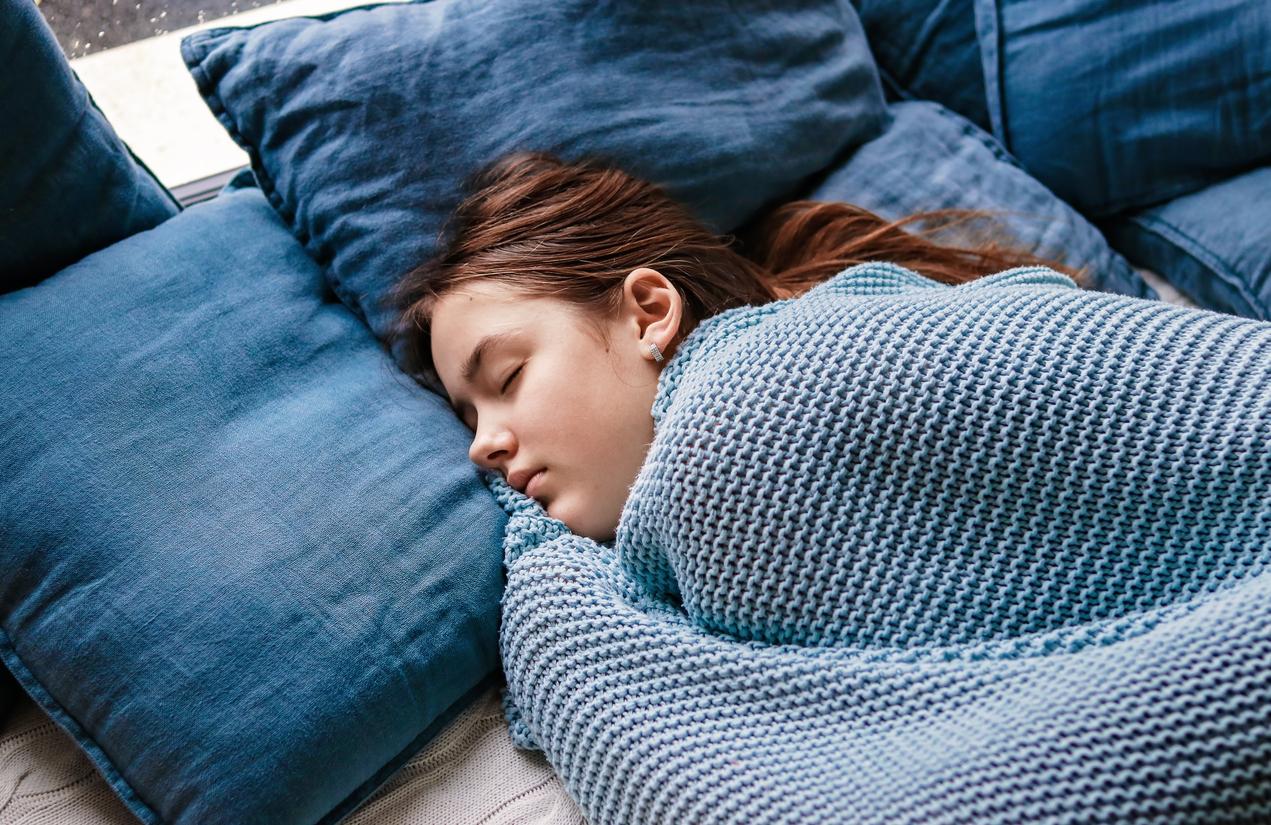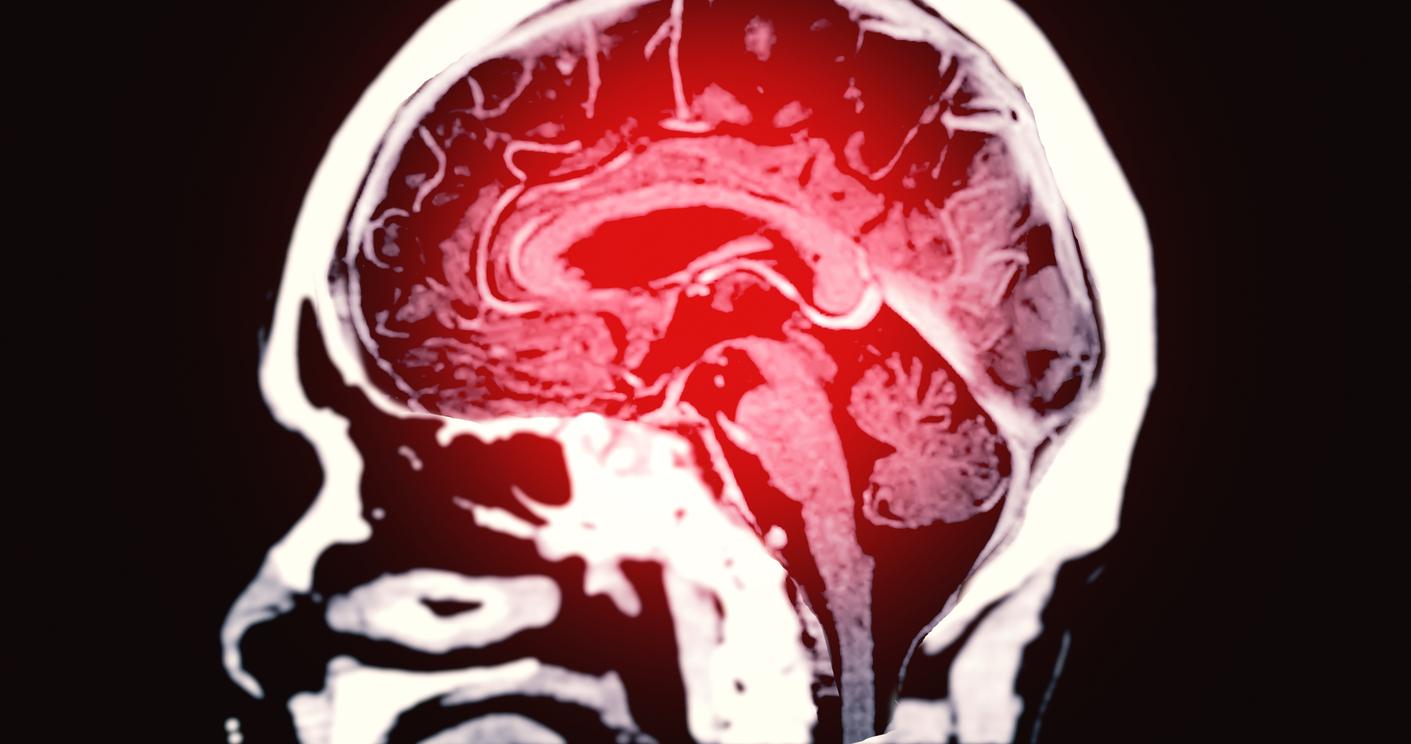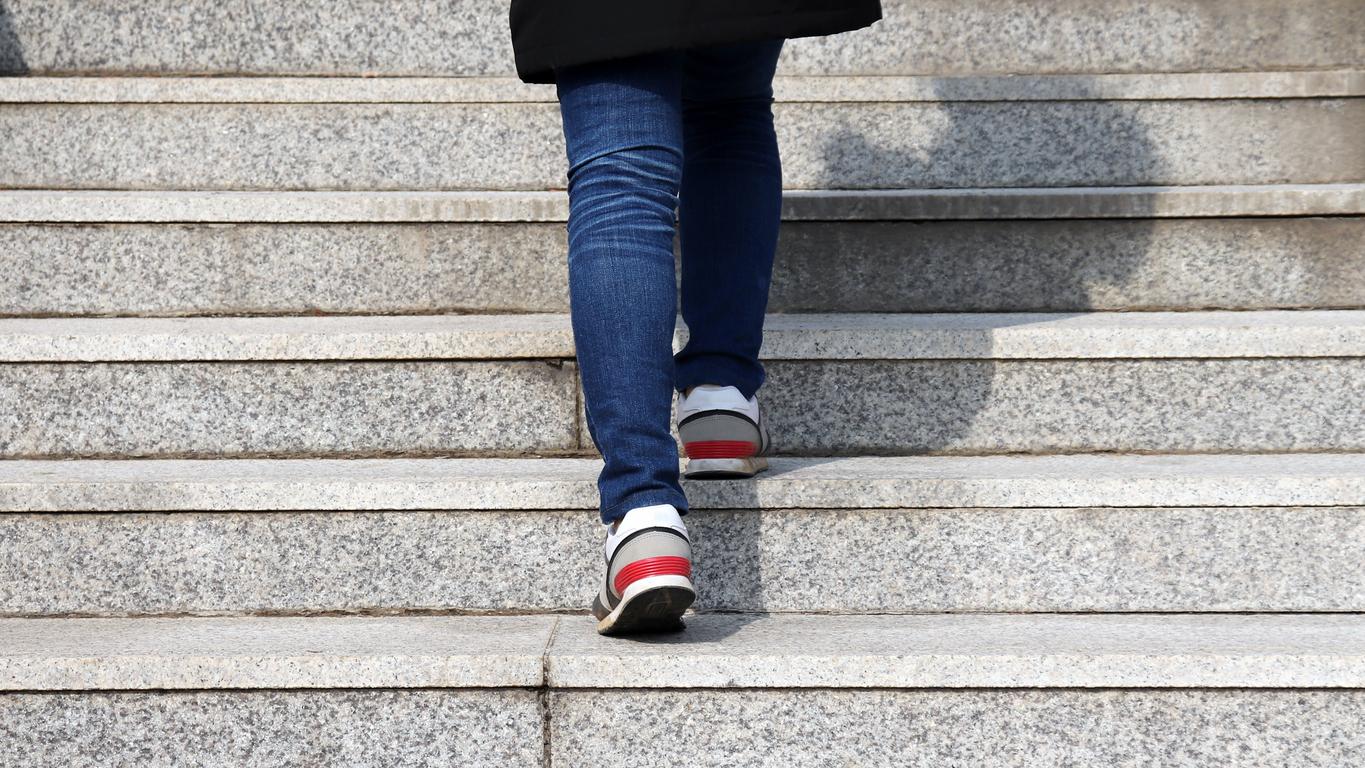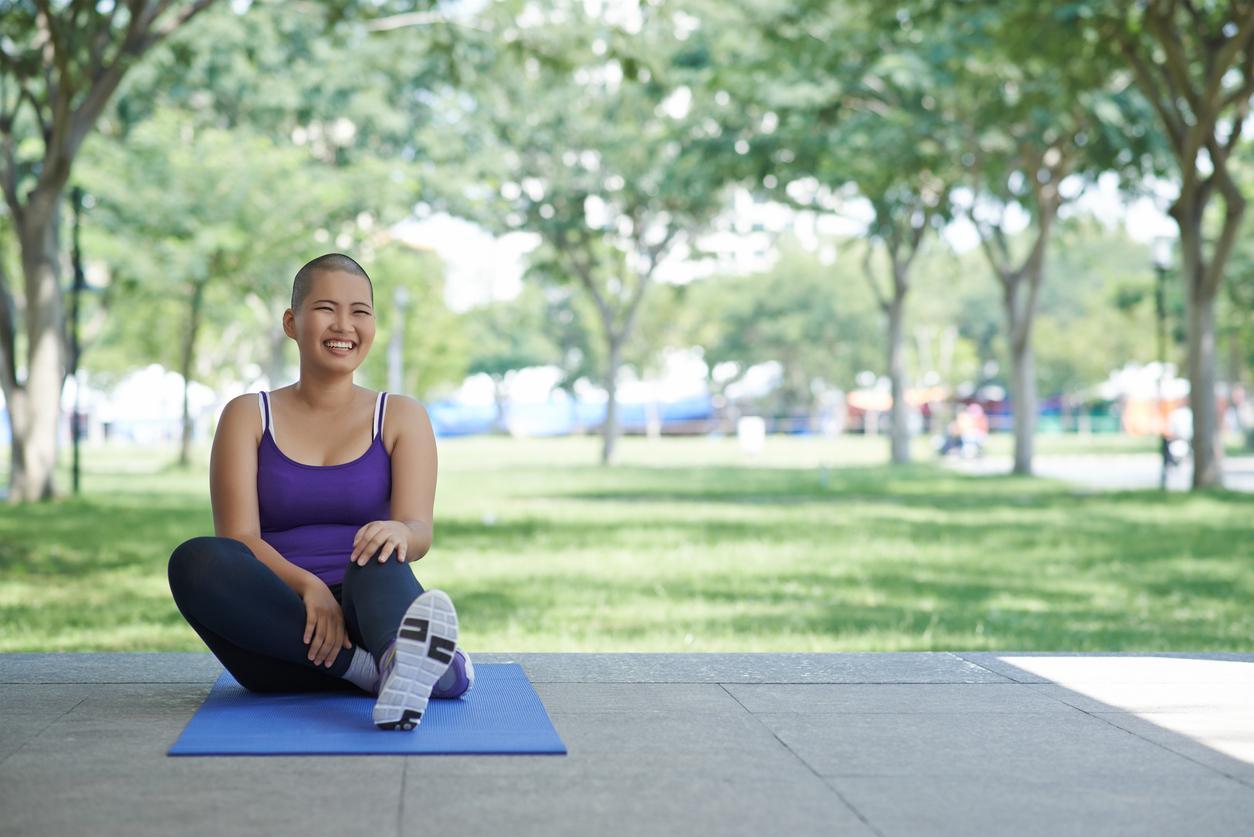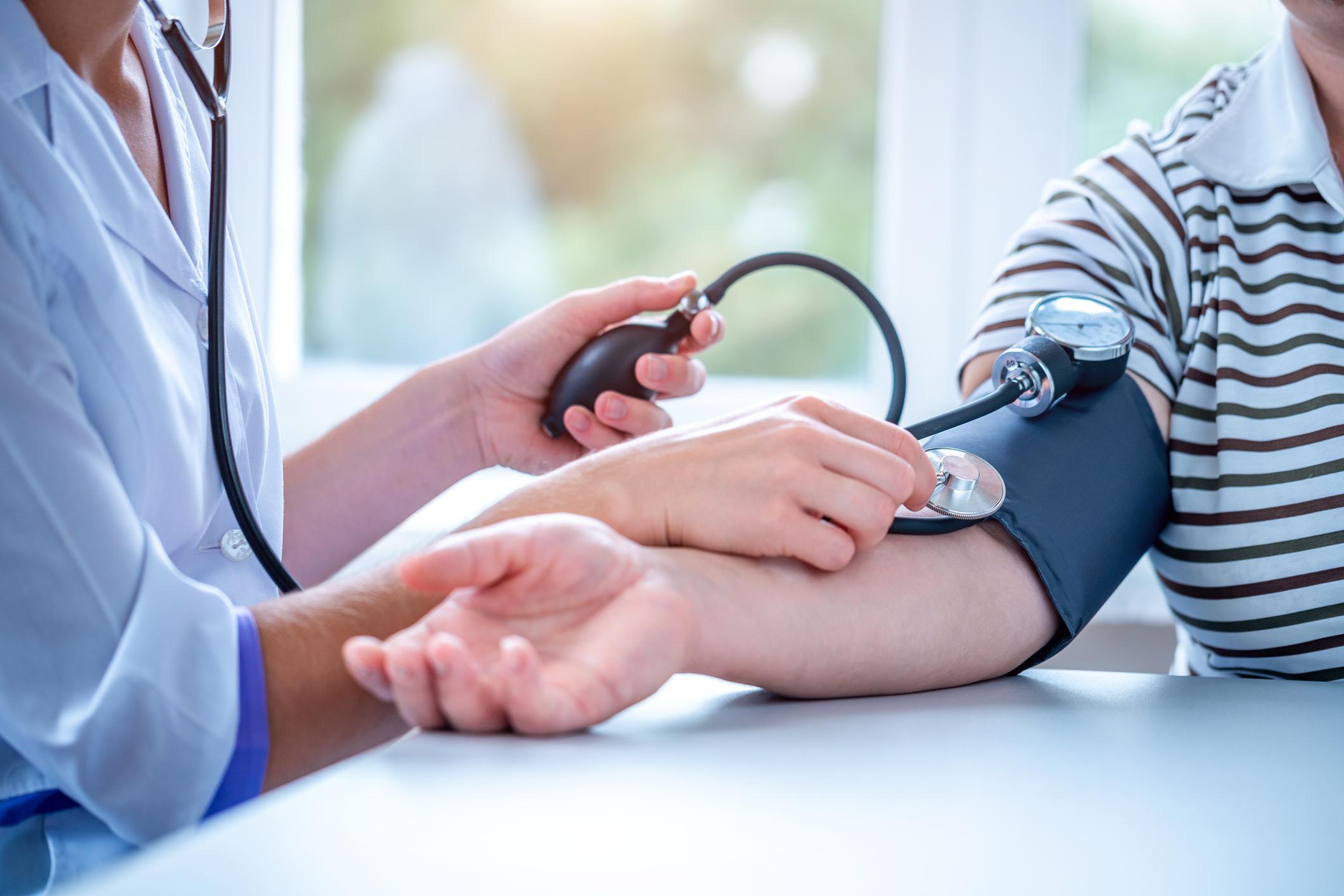To reduce blood pressure in older adults with hypertension, a study recommends doing aerobic exercise in the evening rather than the morning.
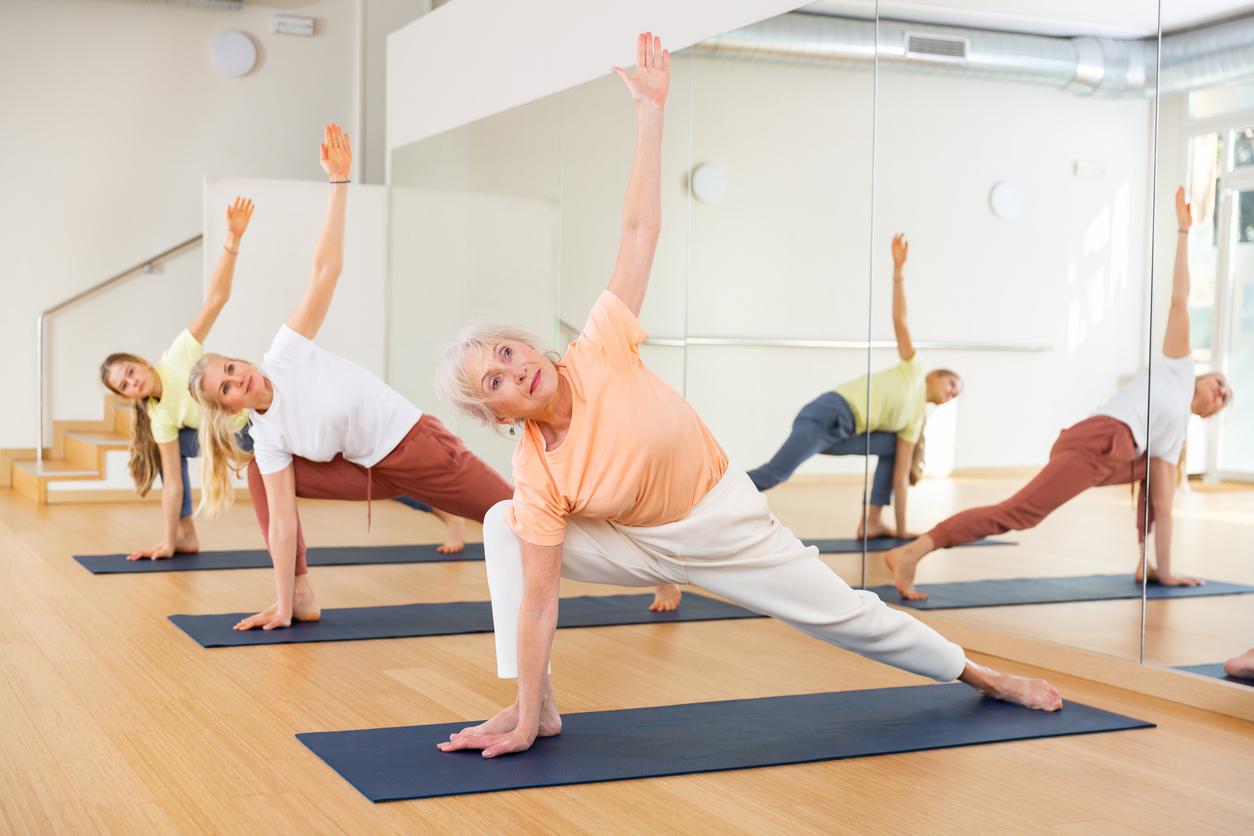
- A study from the University of São Paulo recommends that older people with hypertension do aerobic exercises in the evening rather than the morning to reduce their blood pressure.
- Evening training improves systolic and diastolic blood pressure, muscle sympathetic nerve activity and sympathetic baroreflex sensitivity.
- The decisive factor would be the control of the sympathetic baroreflex.
High blood pressure affects more than 65% of people over 65, according to the National Institute of Health and Medical Research (Inserm). Treatments exist to limit the effects of this chronic disease, but the ideal is also to implement health and dietary measures, such as reducing salt and alcohol consumption, eating healthily or practicing regular physical activity.
But what is the best sport for older people and when is the best time to do it? In previous work, researchers from the University of São Paulo (EEFE-USP) had determined that it was necessary to focus on aerobic exercises (activities requiring breathing: cycling, dancing, walking, etc.) done in the evening. In a new study published in the journal The Journal of Physiologythey explain the reasons.
Hypertension: aerobic exercises in the evening to regulate blood pressure
To do this, they asked twenty-three elderly people to participate in their study. They had high blood pressure and were being treated for this disease. For ten weeks, three times a week, they did 45-minute sessions of stationary cycling, which is an aerobic exercise. A first group had to pedal in the morning, the second in the evening.
Ten minutes after the sessions, the participants’ blood pressure and heart rate were measured. The researchers also recorded this data before and three days after the ten weeks of exercise. Result: the group who cycled in the evening had a greater improvement in hypertension symptoms than the participants who cycled in the morning.
“Many mechanisms exist to regulate blood pressure, and although morning training was beneficial, only evening training improved short-term blood pressure control. explains Leandro Campos de Brito, one of the authors, in a communicated.
To understand why, we must look at the autonomic nervous system. This includes:
- the sympathetic nervous system: it increases heart rate and breathing;
- the parasympathetic nervous system: it has a calming effect on the body. It lowers heart rate and breathing rate.
HTA: the sympathetic baroreflex at the heart of improvement
In detail, the improvements of participants cycling in the evening concerned four points:
- Systolic blood pressure: maximum pressure when the heart contracts to empty itself of blood.
- La diastolic blood pressure: the pressure minimal when the heart relaxes to fill.
- Muscular sympathetic nervous activity.
- Sympathetic baroreflex sensitivity: a physiological mechanism that helps regulate blood pressure and heart rate.
In contrast, in the morning group, no improvement was detected in muscle sympathetic nerve activity, systolic blood pressure, or sympathetic baroreflex sensitivity.
According to Leandro Campos de Brito, the control of the sympathetic baroreflex would be, “deciding factor” For “make evening training more beneficial than morning training.”
He explains the mechanism more precisely: “when blood pressure drops, this region [le baromètre sympathique] alerts the region of the brain that controls the autonomic nervous system, which in turn signals the heart to beat faster and instructs the arteries to contract more strongly, explains Leandro Campos de Brito. If blood pressure rises, it alerts the heart to beat more slowly and tells the arteries to contract less. In other words, [le baromètre sympathique] modulates blood pressure on a beat-to-beat basis.“
Further research needs to be done to see if factors other than the sympathetic barometer are involved in the regulation of blood pressure.










